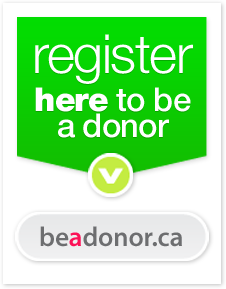Cornea
Your eye contains 107 million cells which are sensitive to light.
Your cornea is the transparent, dome-shaped surface of your eye. It provides two-thirds of your eye's focusing power. Cornea transplant surgery replaces part of your cornea with corneal tissue from a person who has died. Surgery can restore vision, reduce pain and improve the appearance of a damaged or diseased cornea.
Skin
Skin accounts for around 15% of your bodyweight.
Skin is one of the most common types of tissue transplanted. Some people think that age determines whether they can register to donate their skin - The fact is, everyone is a potential donor. Skin is life-saving for critically burned patients. It is also used for hernia repair, pelvic floor reconstruction, and for breast reconstruction following mastectomy. One tissue donor can enhance the lives of 75 people.
Cardiovascular
The heart beats about 100,000 times each day.
Cardiovascular tissue transplant surgery commonly replaces poorly functioning heart valves and veins. Surgery improves the health and vigor of people with heart valve disease. A replacement valve may be taken from a person that has died and agreed to donate their tissue. Cardiovascular tissue is one of the most common types of tissue transplanted.
Bone
Over half the body's bones are in the hands and feet.
Bone grafts repair or rebuild diseased bone in hips, knees, spine and other joints - often as a result of fractures or cancers. Once your body accepts the bone graft, it provides a framework for growth of new, living bone.
Bone for transplant comes from donors who have died.
Connective Tissue
Ligaments are made up of bundles of tough collagen and strechy elastin.
Reasons for connective tissue transplantation might be due to trauma or cancer. Connective tissue is like 'cellular glue'. It is the material inside your body that gives tissues shape and keeps them strong. Tendons and ligaments are examples of connective tissue. Tissues are surgically removed with great care and respect without significantly impacting funeral arrangements.
 Pre-Listed
Pre-Listed







